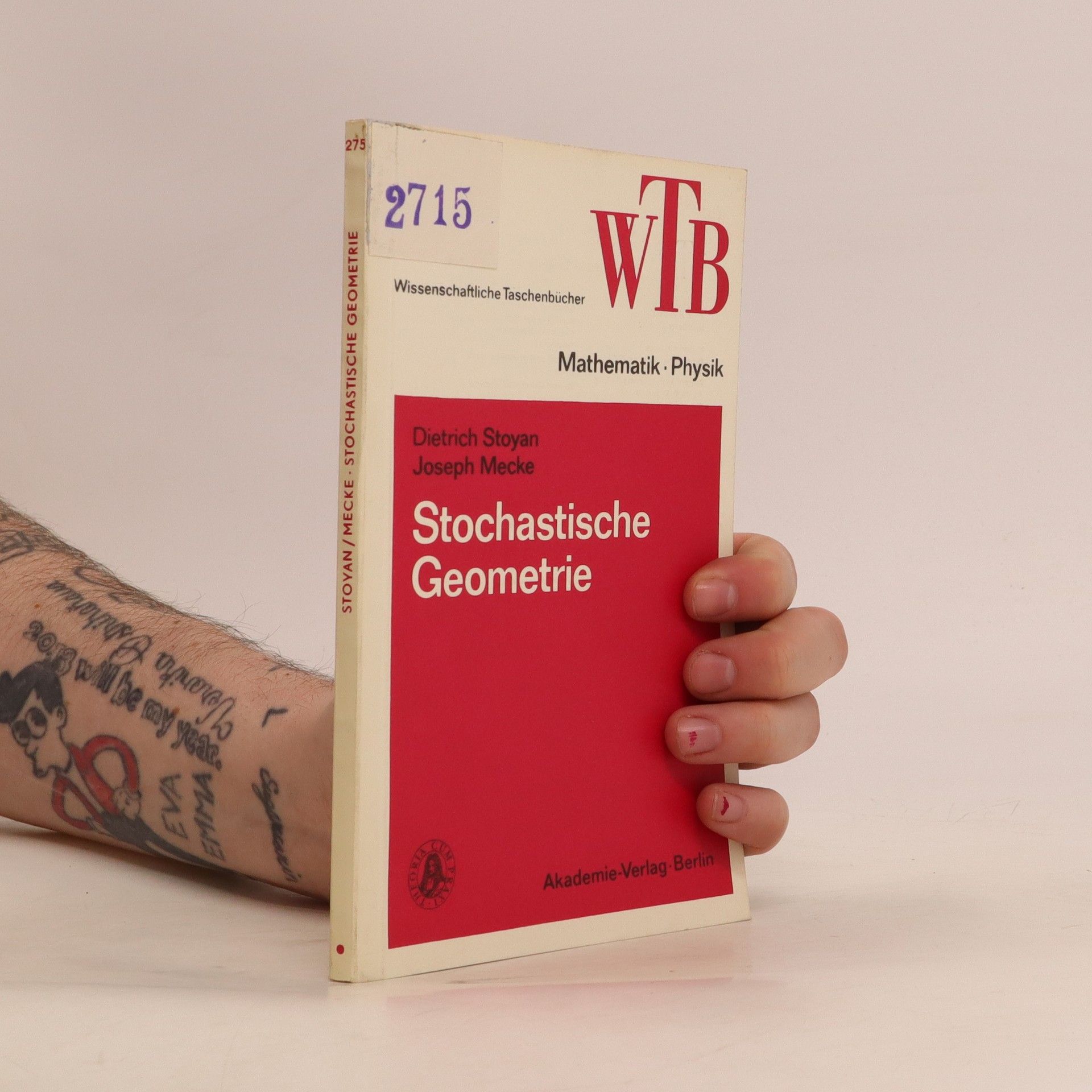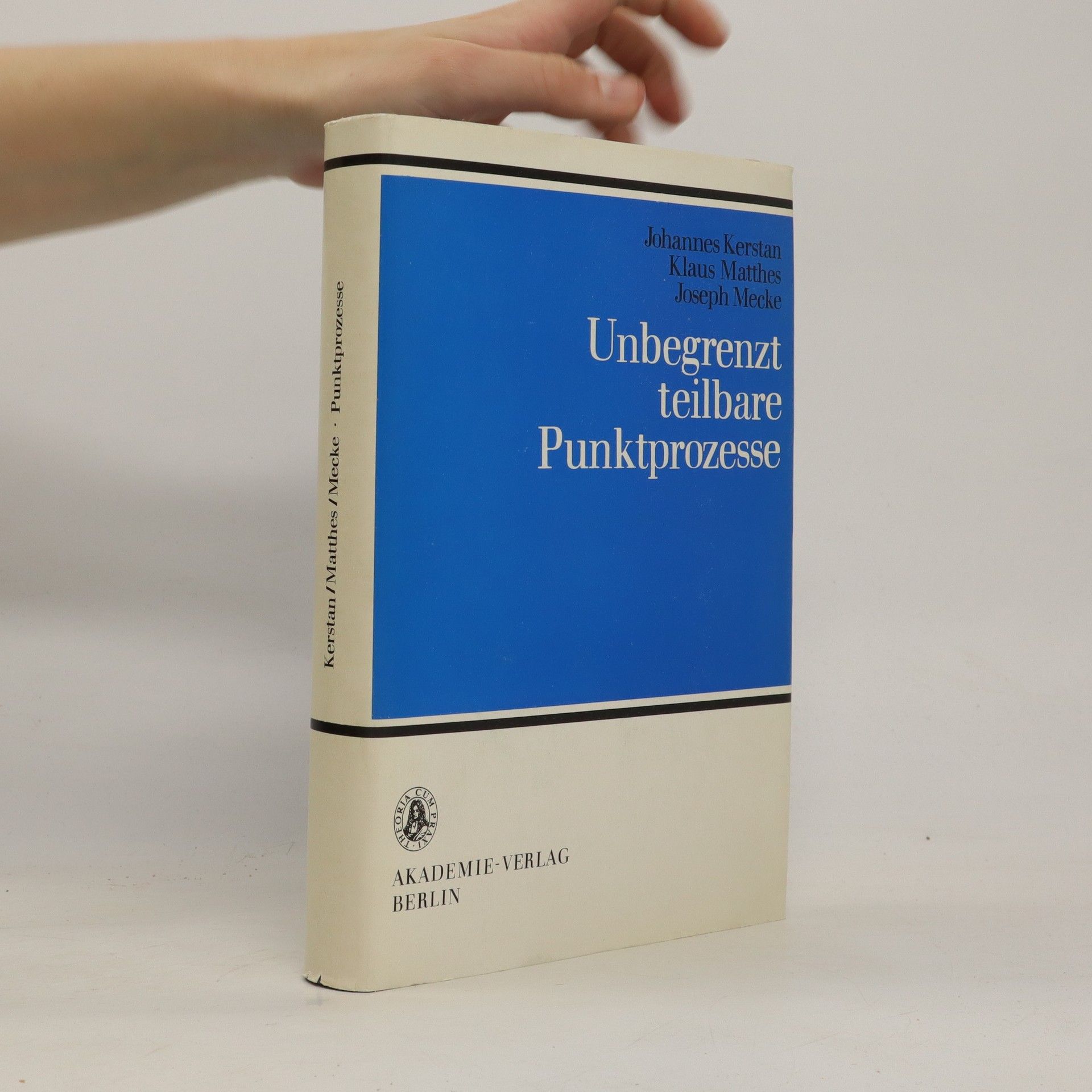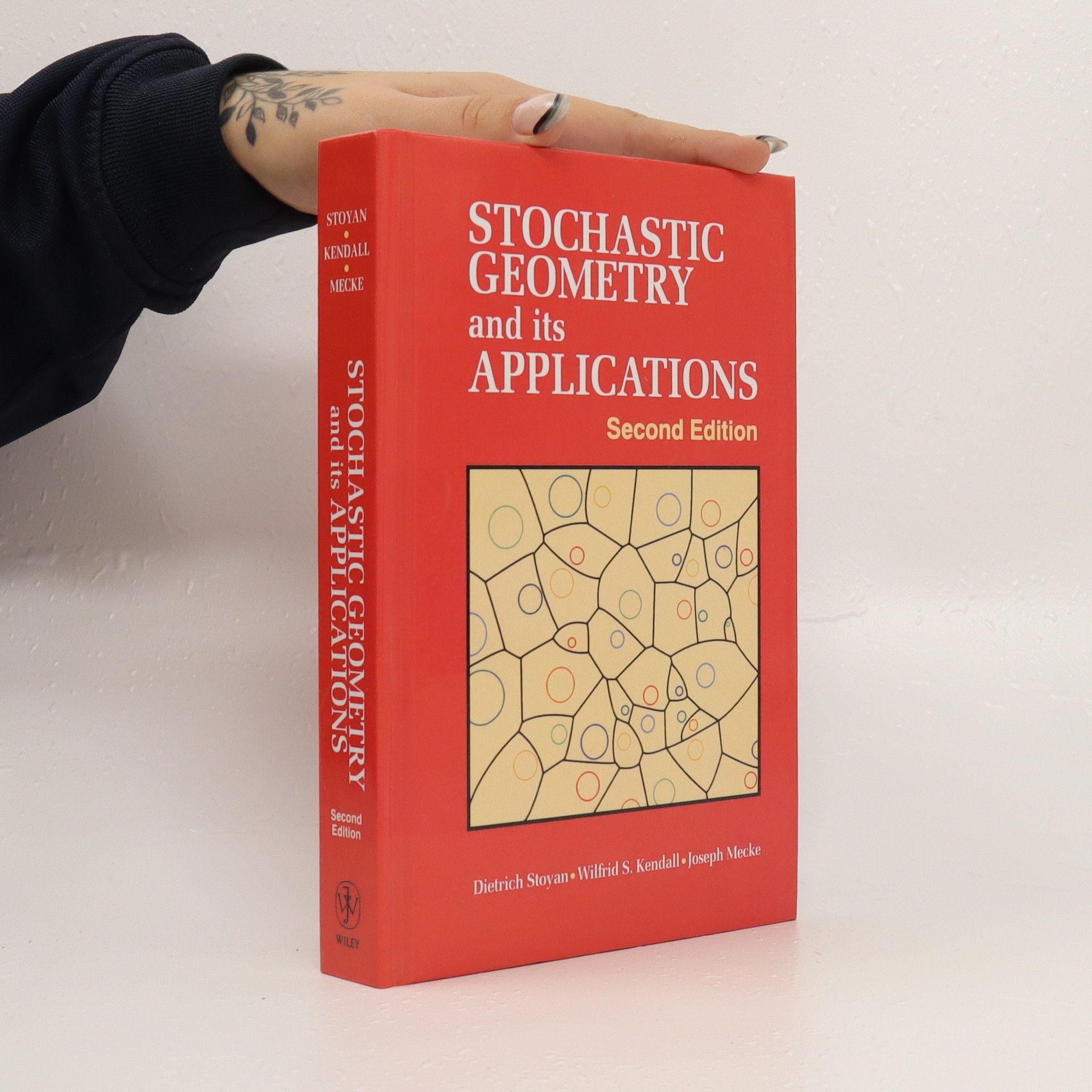This revised and updated edition makes the results and methods of stochastic geometry accessible to practitioners. Topics discussed include the basic theories of point processes, random sets, fibre and surface processes, random tesselations, stereology and the statistical theory of shape.
Joseph Mecke Knihy


